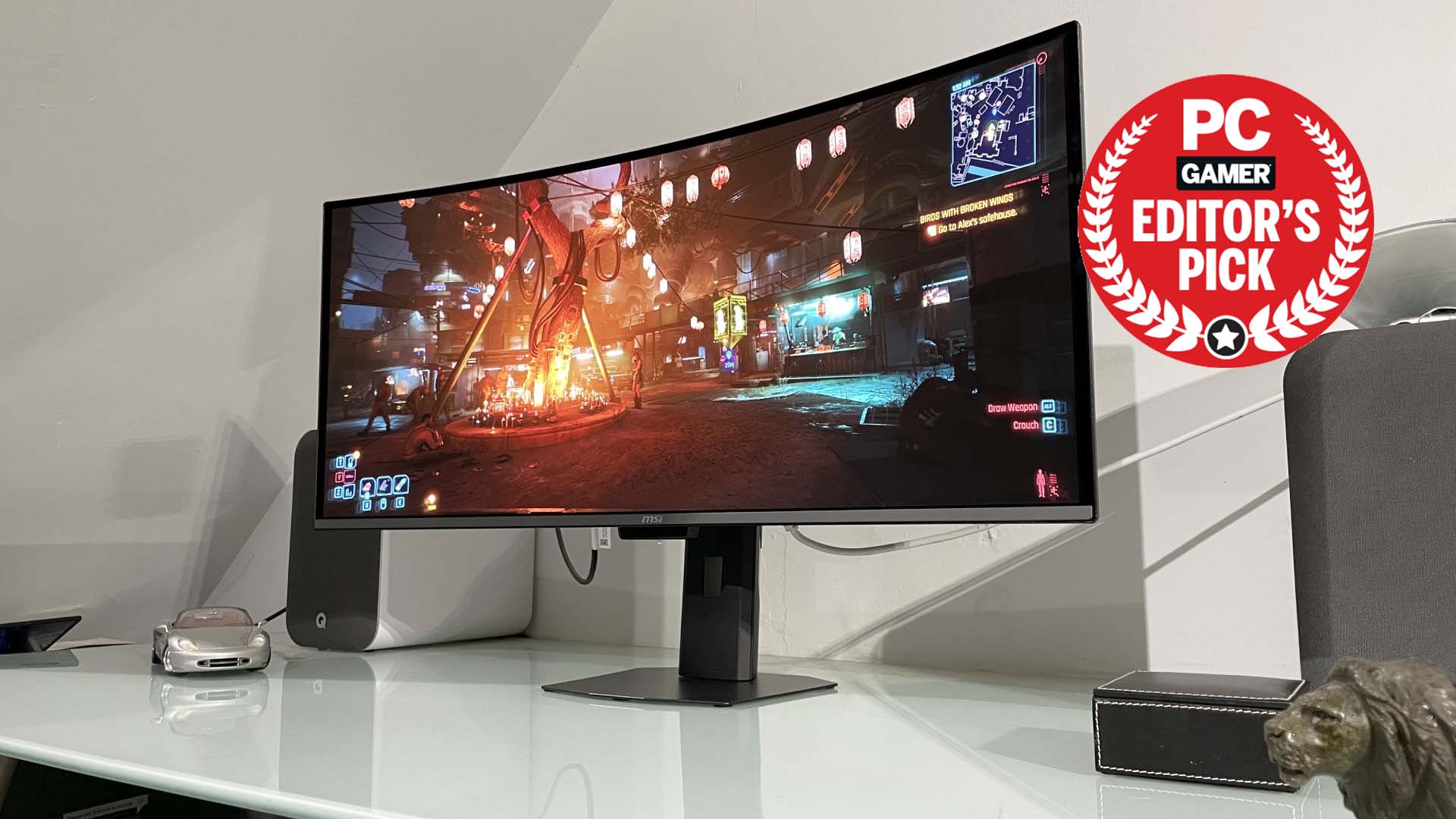Portal 2 maps: 13 inventive, innovative community challenges
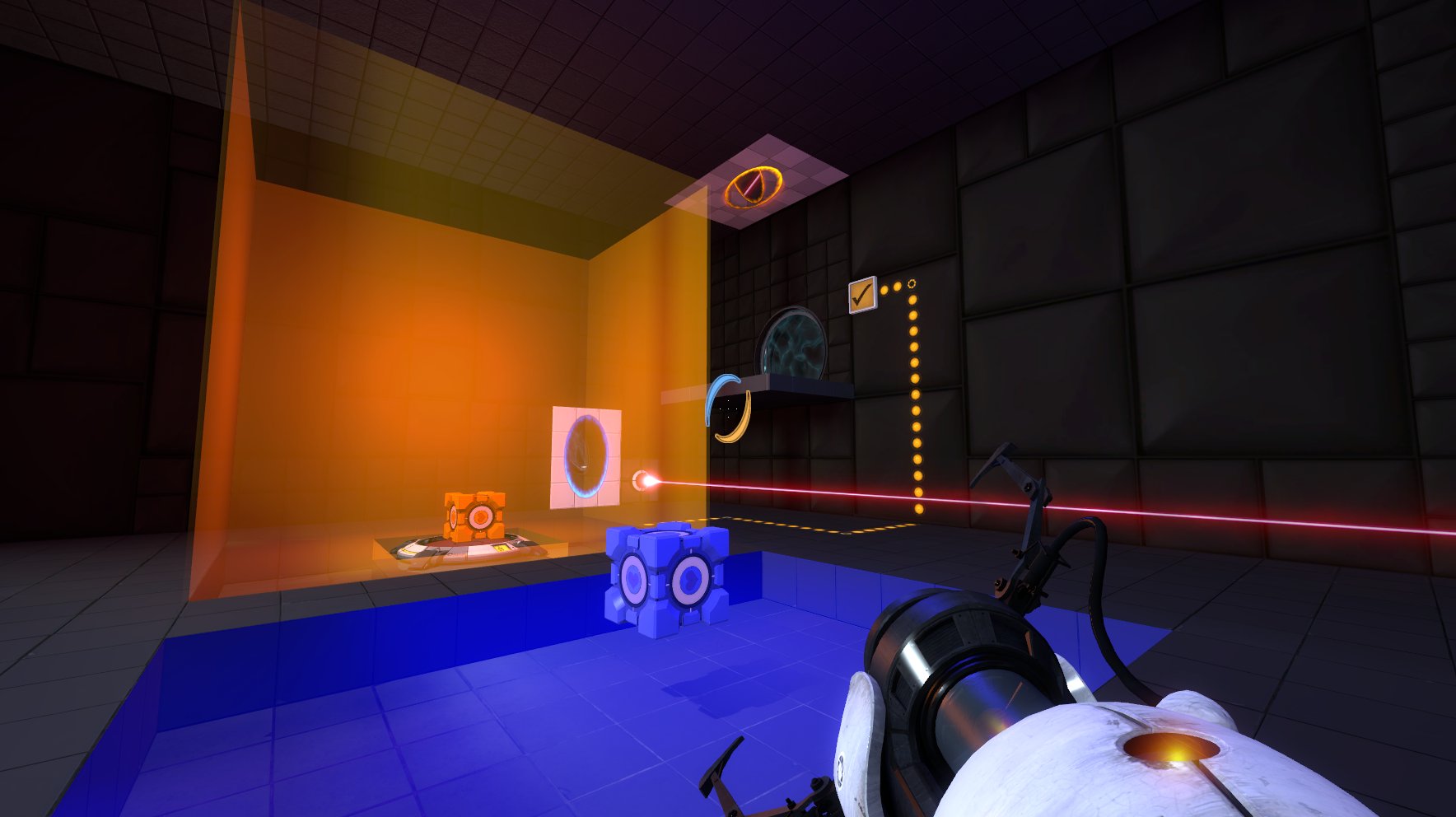
Quantum Entanglement
It might surprise you to learn that the Portal 2 Steam Workshop is the busiest of all Workshop's mod repositories. There are over 302,000 items on there, so I had to narrow the search down somewhat. I chose innovation as my main filter. I've been on the lookout for game-changing mods: the new challenges that haven't been seen before, creative level-design that Valve forgot, and additions to the base game that creates new ways of solving puzzles. Here are the best I found.
First up, Quantum Entanglement. There are some obvious additions that that you could add to Portal 2: a wall-climbing gel, a third-Portal, or a pair of magic shoes perhaps? But this is totally out of left-field: in Quantum Entanglement the puzzles take place in rooms where you can move one cube and another cube will mimic that movement. It's a bit like a single-player co-op game, where you move your cube around, using all the usual Portal 2 tools, and the other will activate switches. It's by turns baffling then enlightingly brilliant.
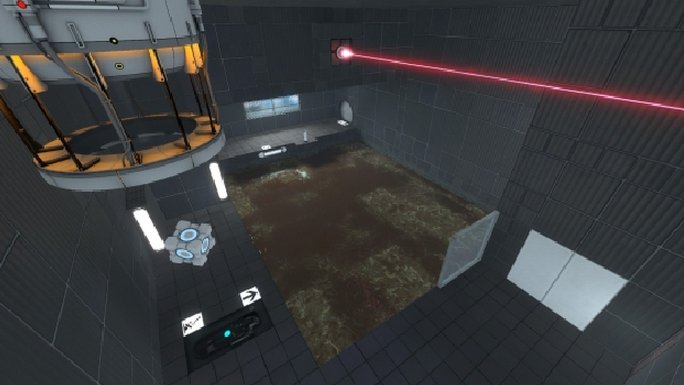
Chrono Occurrence
Apparently one of Valve's abandoned Portal 2 concepts involved time manipulation--the gamification of the fabled "Valvetime"--but thanks to the Steam Workshop you're not missing out on that feature. In Chrono Occurrence, the player has to pass through a series of test chambers by figuring out when to pause time. There's a button in each level that'll freeze everything but the player for ten seconds. It's possible to freeze water, stand on falling cubes, and activate twin-button doors with this technique, with the countdown adding an extra frisson of fear into the testing.
Get it here: http://bit.ly/1aAxqqB
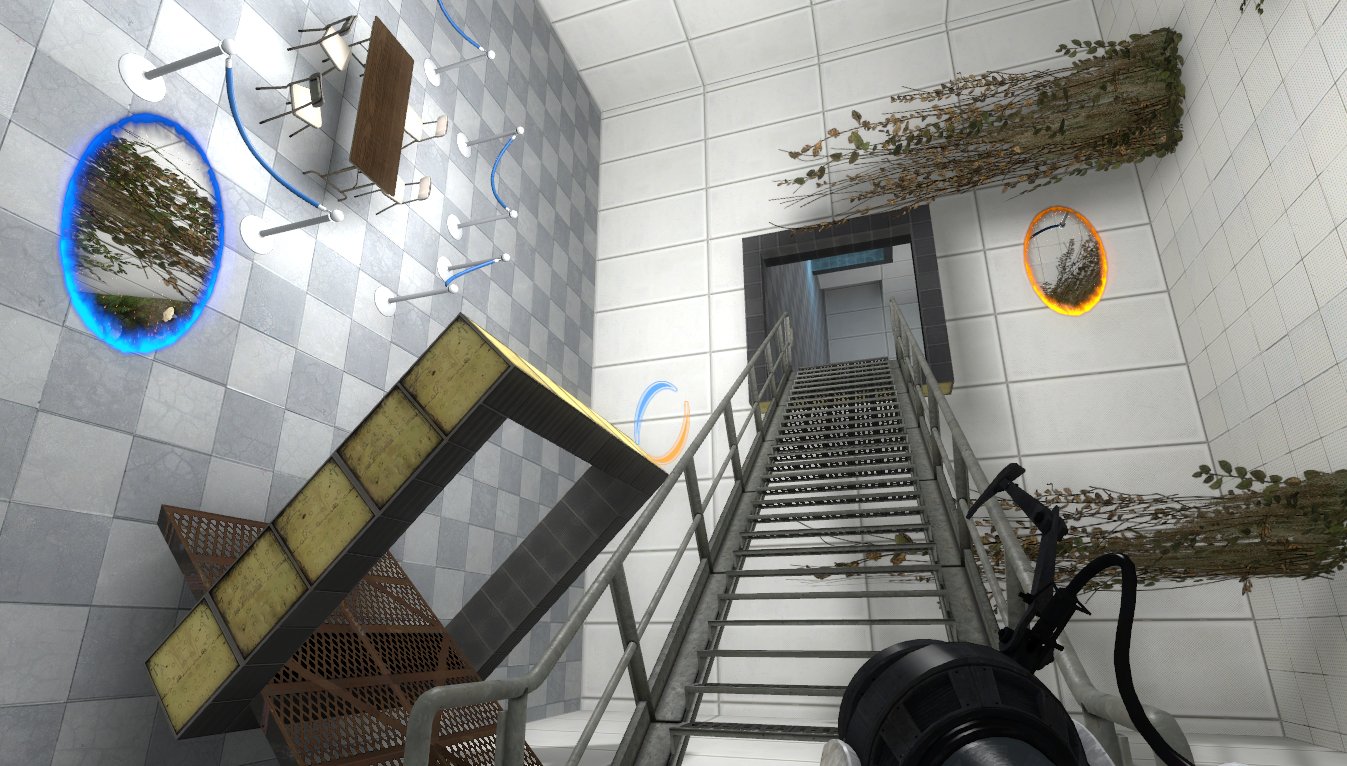
Non-Euclidian Level Design
While it's a wonderful puzzle game, Portal 2 was a little conservative when it came to level design. The engine is capable of a whole pile of tricks that it didn't show off. Non-Euclidian Level Design isn't a puzzle map, but a series of chambers designed to show off the Escher-ian levels that designers can pull off if they know the engine's secrets: turning doors into sideways walls, making short corridors five times the length they should be, and twisting gravity. If you pay close attention, you can just make out the joins, but that doesn't stop it from being a remarkable demonstration. Get it here:http://bit.ly/1fwEoCe
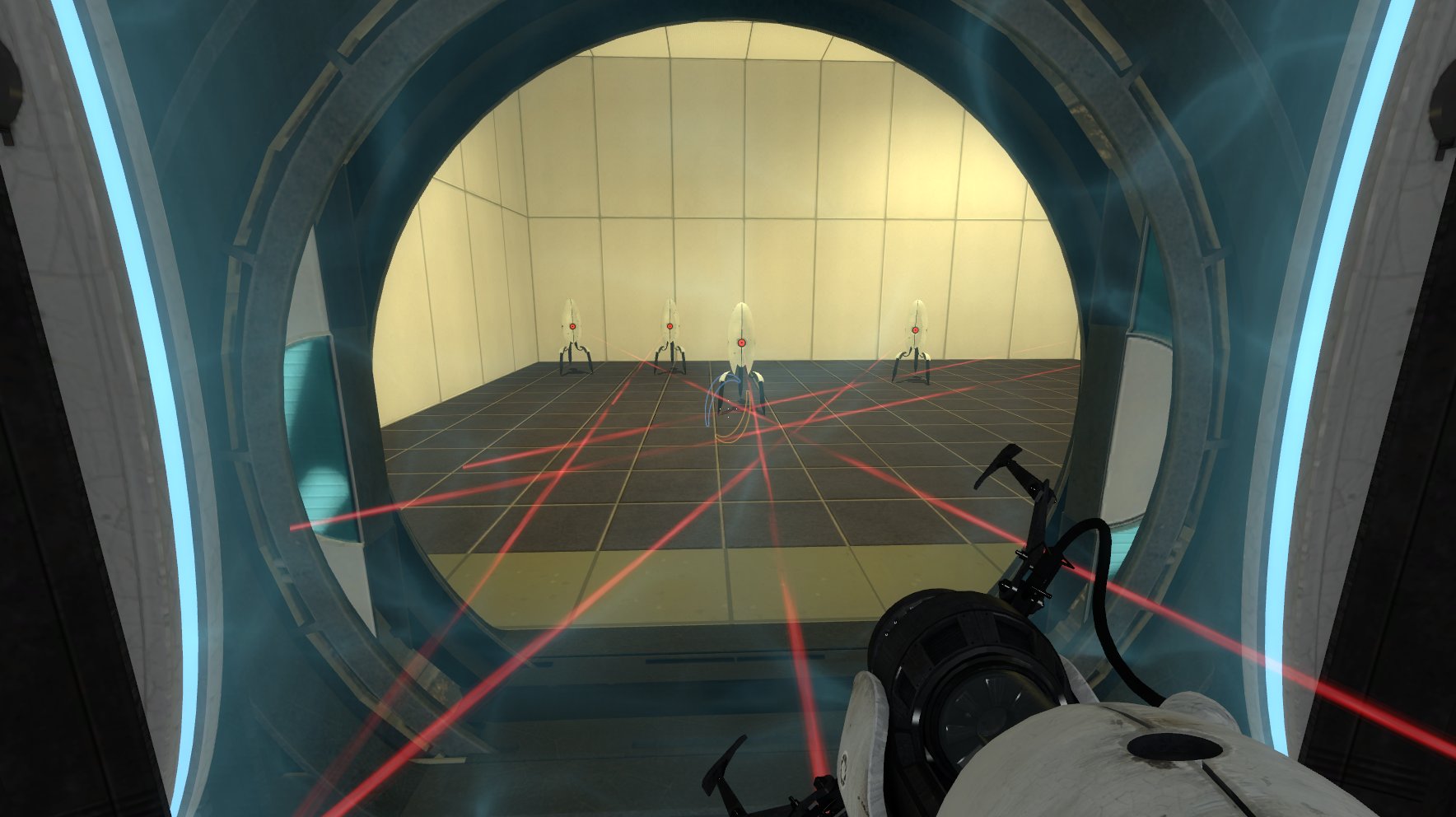
Curious Chamber
The principles of the Non Euclidian level design make a brief appearance in this wonderfully designed series of levels. The gimmick here is that things can change when you're in other rooms, both subtly and implicitly: in the first chamber you'll notice a creepy little button switcheroo and a nice bit of gravity manipulation, but by the third act the AI is blatantly messing with you, swapping puzzles around and telling you to head into other areas so it can build tougher and tougher puzzles. It reminds me a little of the Stanley Parable.
Get it here: http://bit.ly/1eEl8oz
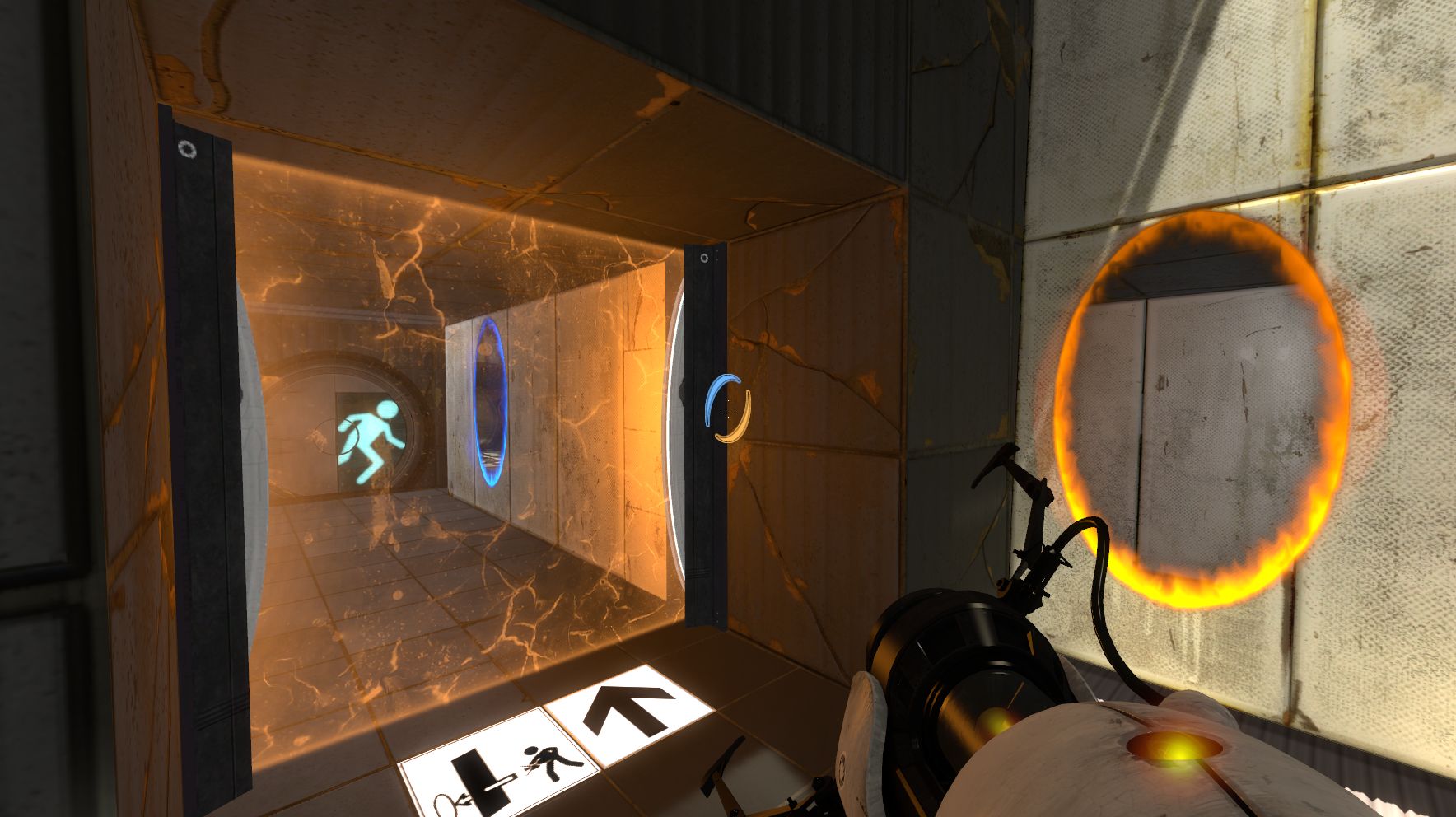
Solid Field
It's often the case that some of the Workshop levels look pretty functional, but that's because the in-built Portal 2 editor is a tool for making square puzzle box things. Solid Field has a new mechanic AND beautiful level lighting and design: the field is basically a grate, so while it blocks the way you can still fire portals through it. The difference here is it's a field, so you can switch it on and off. All the puzzles are built around this, and it fits so well into the game that it feels like Valve missed a trick.
Get it here: http://bit.ly/1iZIfaD
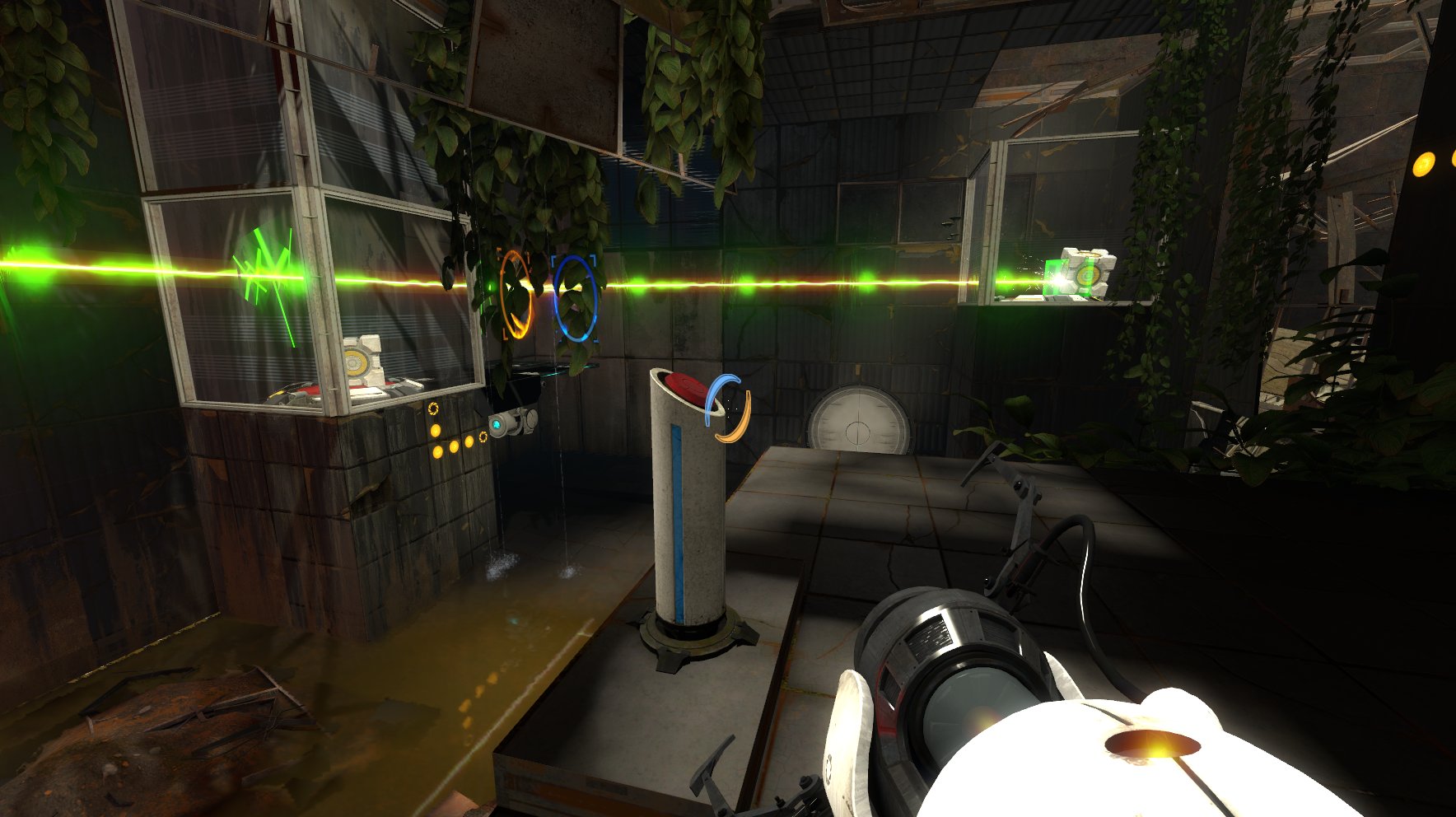
Sendificate
The Sendification device is a bit like a proto-Portal gun: you place a cube on a little platform and hit a button; elsewhere in the level is one of Portal 2's power-giving laser beams, and wherever that laser points to is where the cube ends up. It is a neat concept that caused a fair few wrinkles to appear on my otherwise unblemished forehead: the levels are tightly wound puzzles that you need to explore and think a few steps ahead before acting.
Get it here: http://bit.ly/HNQPOg
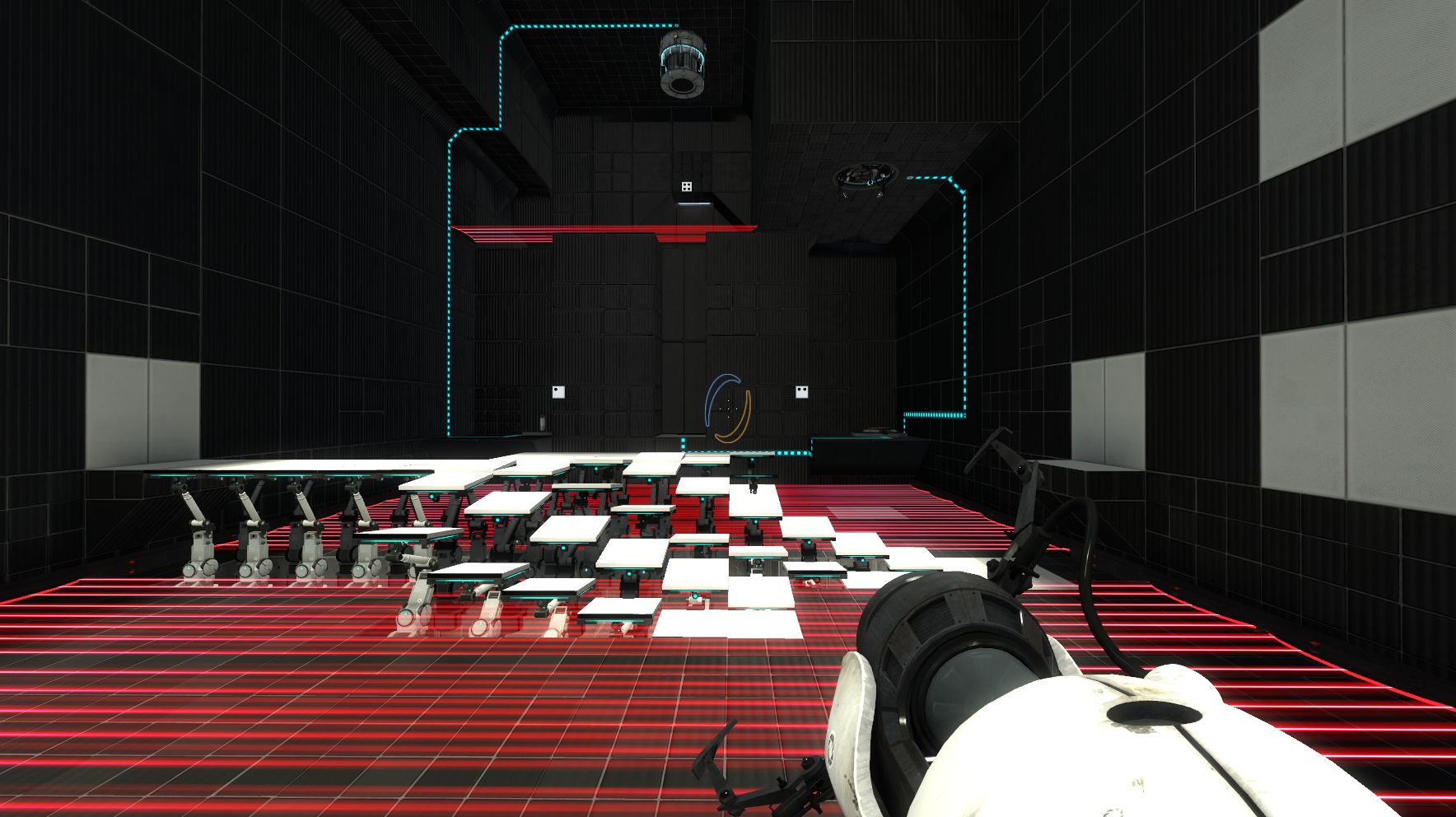
Moonbase Luna-C
This series of excellently designed levels sort of has a new mechanic. Aperture Science has annexed some of its testing all the way to the moon, because of science. Cheaper science, with you testing in lower gravity. Now you're free from the gaming constraints imposed by apple loving Isaac Newton, you'll find a taxing testing environment: jumps are higher and easier to complete, but momentum is a lot more difficult to maintain. There are five levels for you to test, and each is thoughtfully designed and lovely to look at.
Get it here: http://bit.ly/1iZIwdP
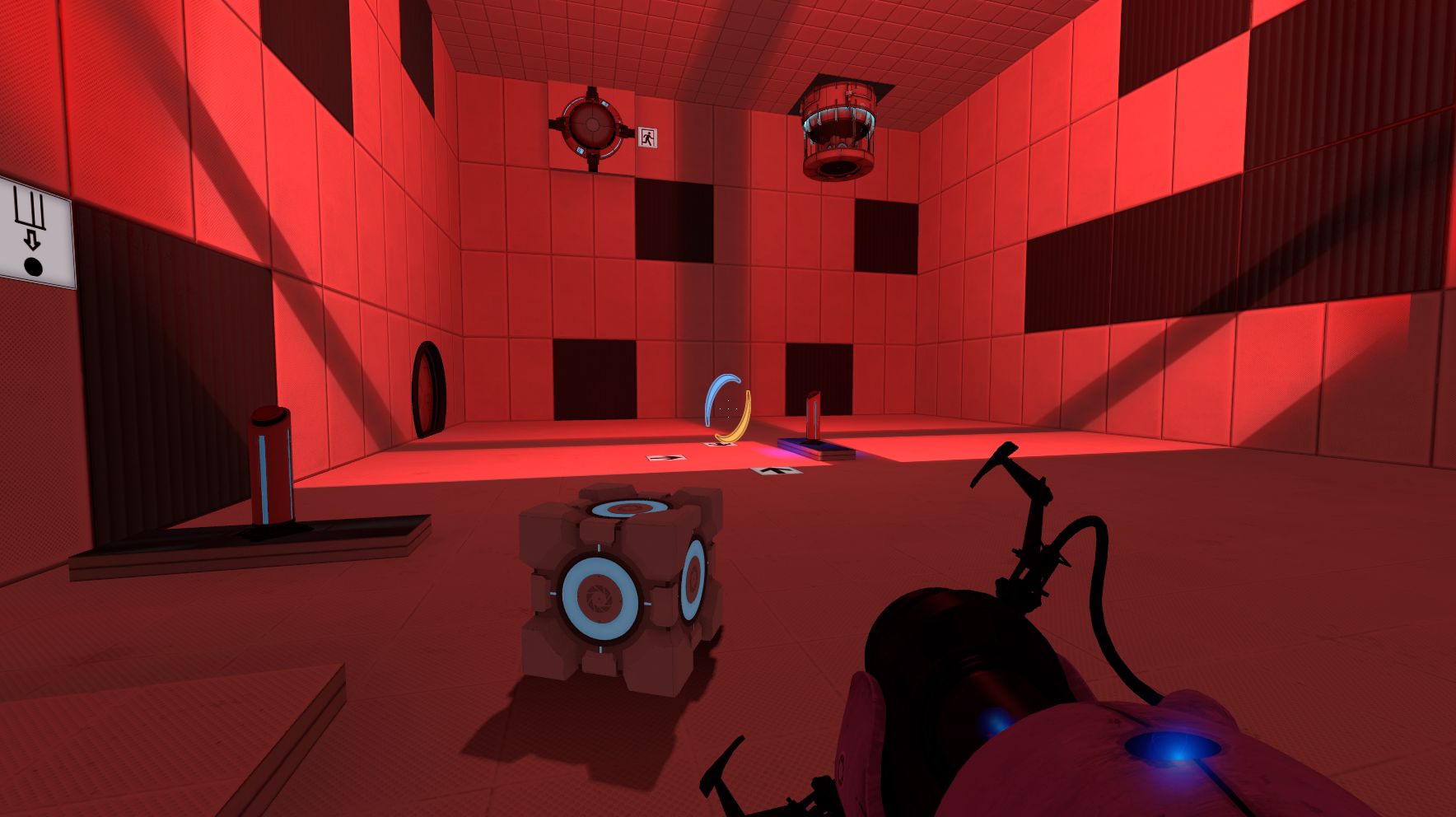
Shift Trichotomy
My brain is sadly only single-dimensional, so I mightily struggled with this series of test chambers. This is a testing facility that exists in a multiverse, so tests can only be completed by swapping between dimensions, hitting a switch and moving between the two states. How does it work? Well, in one dimension let's say you have a button, and in another let's say you have a cube to weigh it down. How do you get it from one dimension to the other? The answer is kind of obvious, but it took me a minute or two of experimenting and swapping before I discovered it.
Get it here: http://bit.ly/1eElEmF
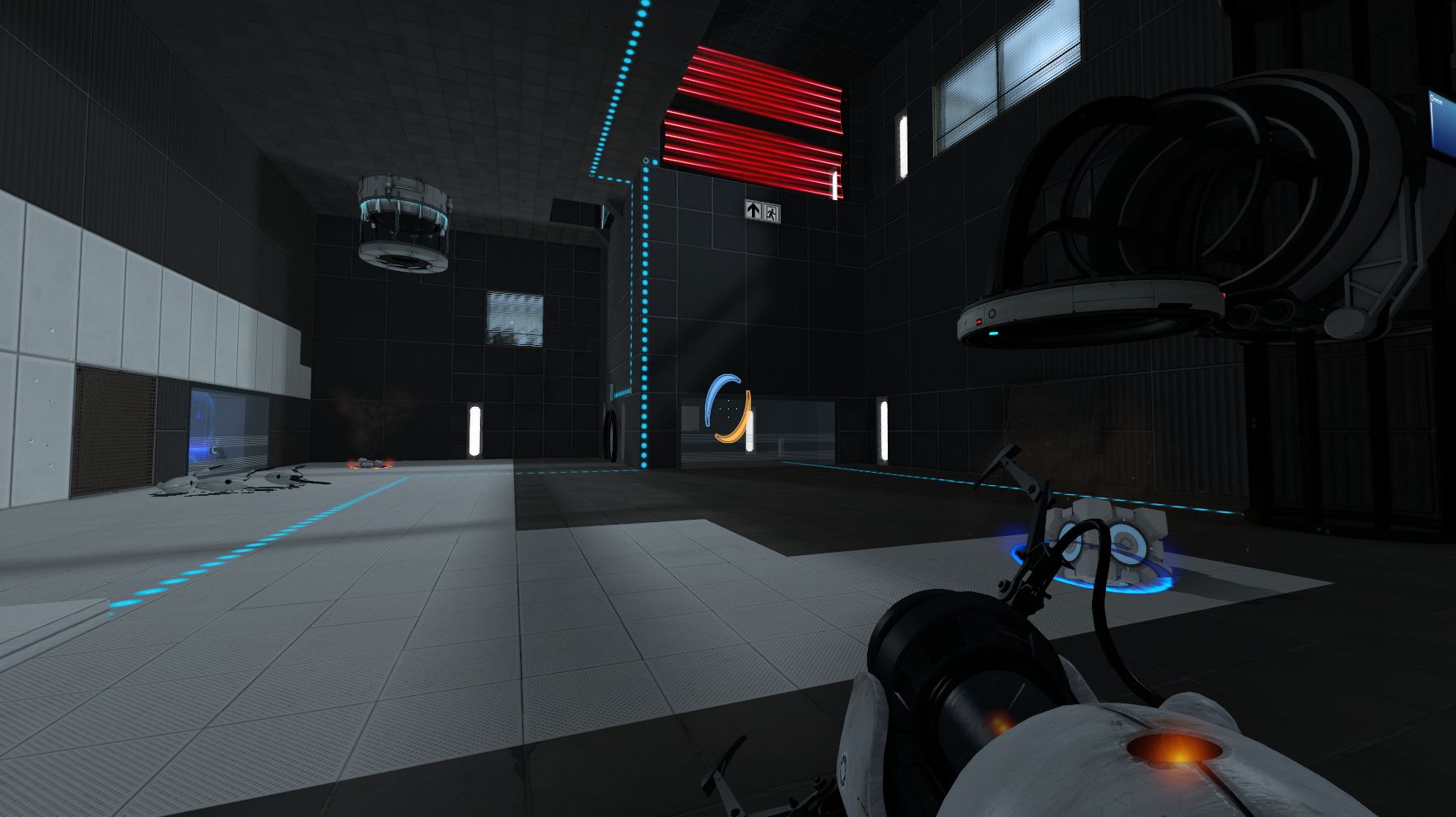
Pneumatic Diversity Tests
Valve cut enough content from Portal 2 to make at least two other games. Their creative process led them down a few dead-ends: they actually showed off suction vents (http://www.youtube.com/ watch?feature=player_embedded&v=DOH6BprN9FI) in their trailers, but they eventually cut from the full game. It's those vents that Pneumatic Diversity Tests restores, enabling players to yank the game's disturbing, lilting turrets out of levels and into wherever the sucking machines deposits them. Their return means the level design is both cruel and unusual.
Get it here: http://bit.ly/1buWMZF
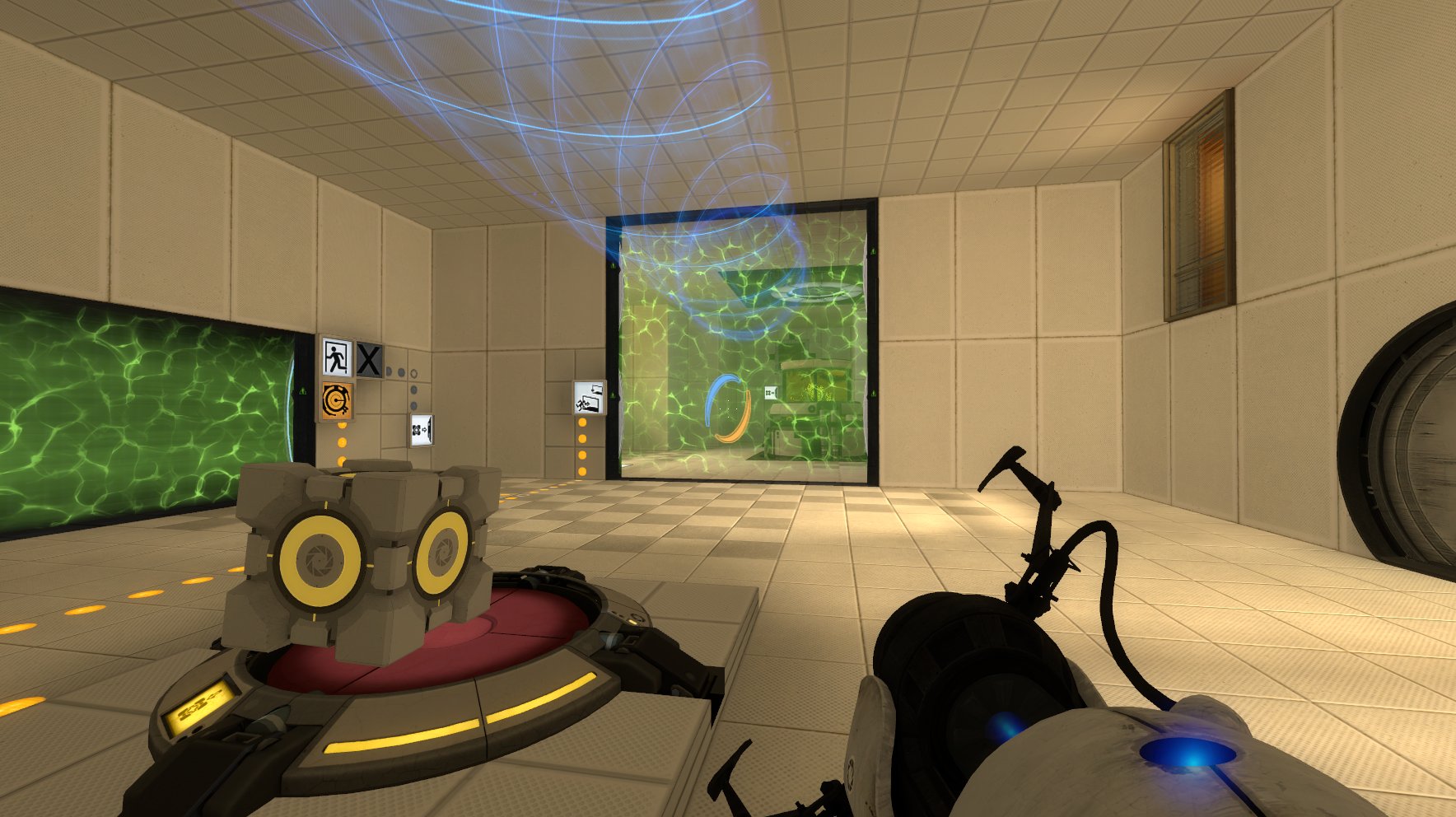
Penrose
Like a magician showing off his secrets, or that program that exposed American wrestling as a secret gov't plot to get people to eat more vitamins, Penrose actually exposes the secrets of the Non Euclidian Level Design map: you're walking through large, invisible portals. Here they're not invisible, but a new test element that pops-up, enabling instant access to secret rooms you weren't aware of. But knowing how it's done doesn't stop it from being tough, and there are some head-scratchers in this set.
Get it here: http://bit.ly/1aABnva
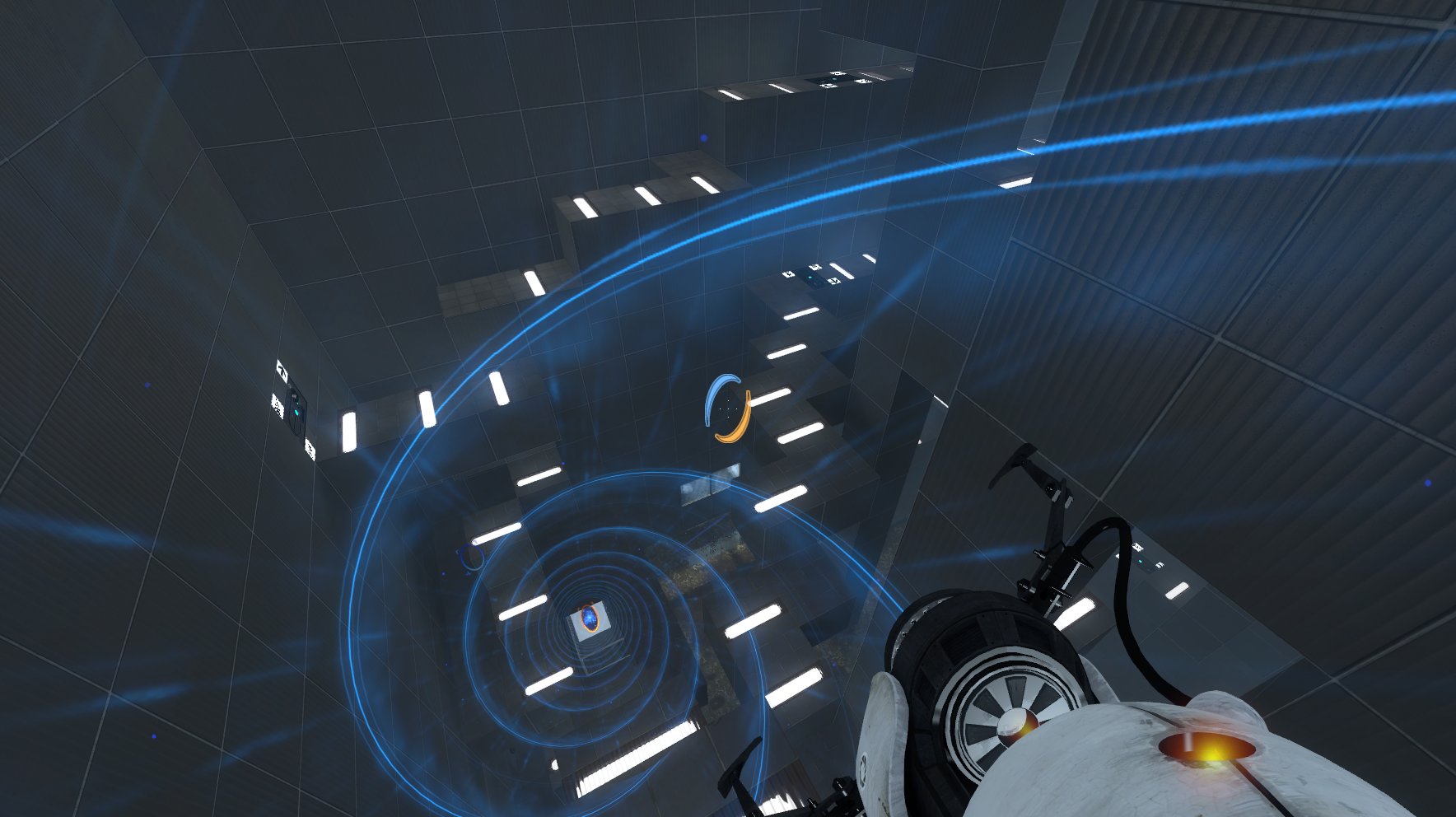
The Beast Rollercoaster
It took a few searches before I finally discovered what I knew had to exist in the Portal 2 Workshop maps: Don't Do Anything maps. In the Portal world they're called "rollercoasters", and they're not puzzles. They're rides using the various propellant props that you use to fling yourself around to take you on a tour of a very carefully designed level. I prefer Beast to some of the others because you can see where you're being flung.
Get it here: http://bit.ly/1gDzk1N
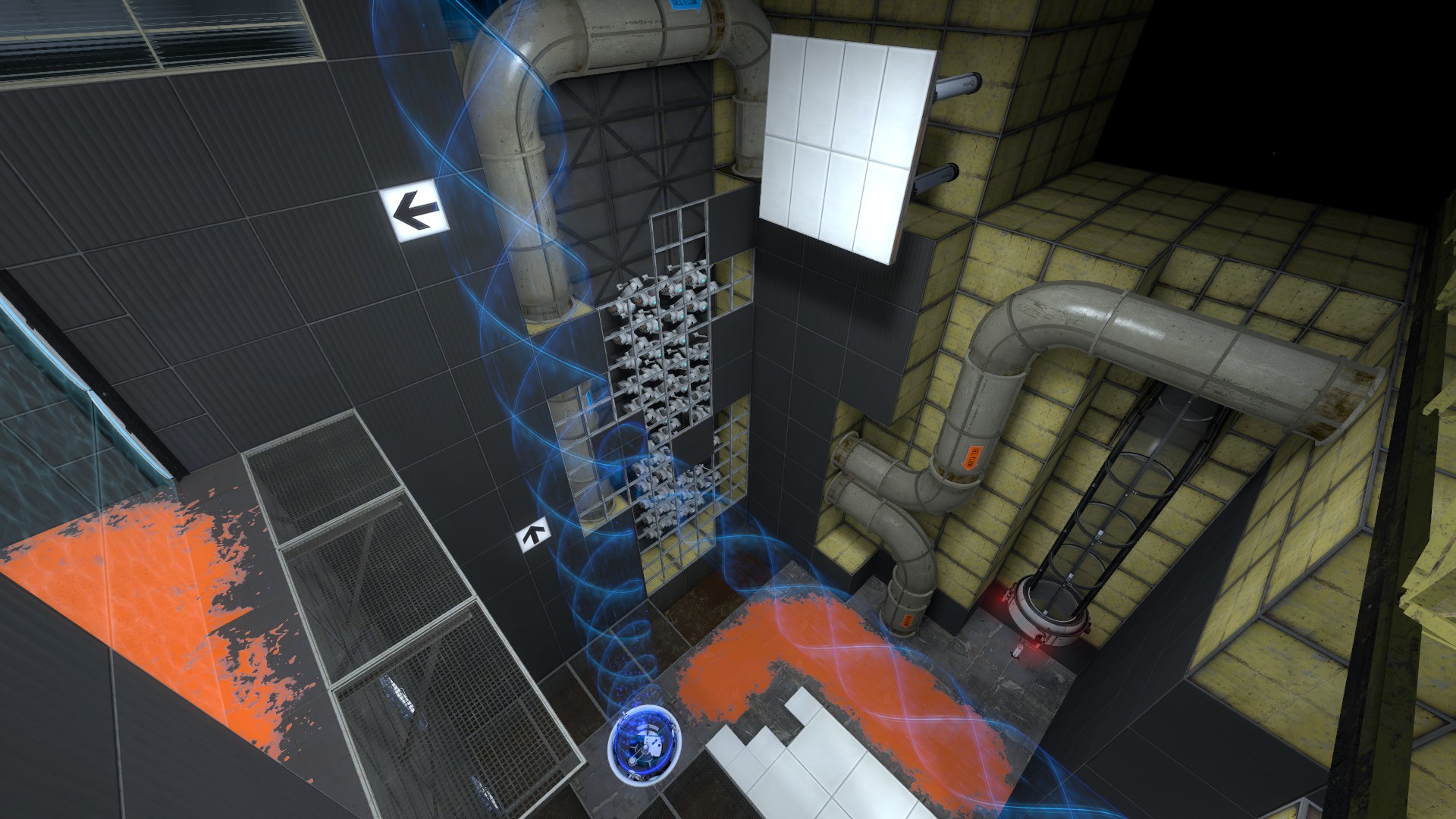
Gelocity
A smart couple of levels using the game's gels to propel players along a race-track. It's an ingenious twisting of Portal's themes: GLaDOS sets you off along the track, and you swiftly glide over the level's orange gel tracks and bouncing over obstacles on the blue gel. There is plenty of skill involved as you aim to take the shortest, swiftest route: the first time you'll use a Portal to make swift about turns is just gleeful.
Get it here: http://bit.ly/1i1Gnk8
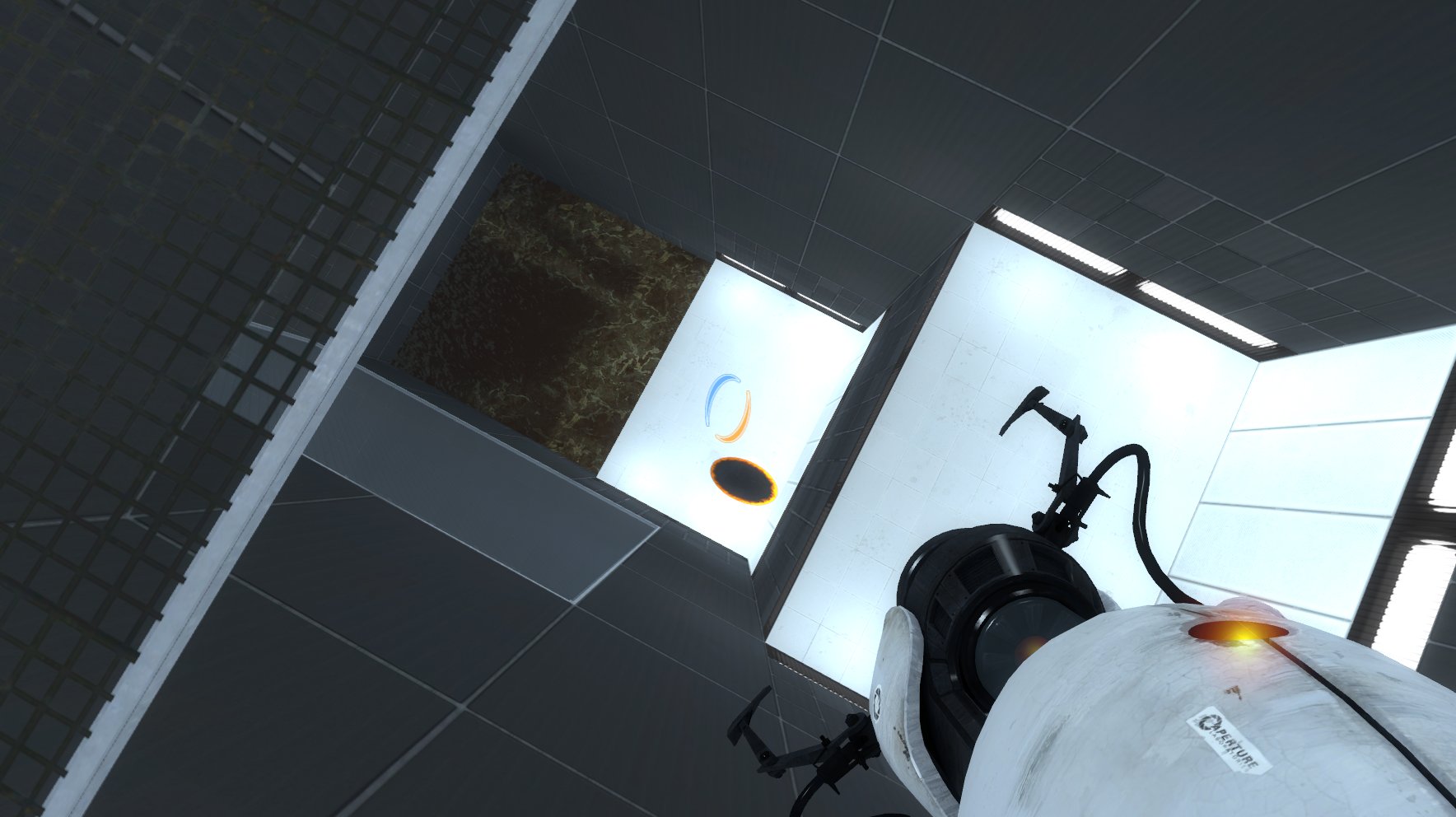
No Elements
Sometimes less is more. I thought after that dizzying array of newish test elements and I'd end on something that might be lost in the list: really well made puzzle room only using Portals. That's what No Elements is a collection of maps with the sole purpose of making you think with portals. As the no description puts it: "no buttons, cubes, funnels, lightbridges, gels, lifts, fizzlers". Is it any fun? It is. The tests are brain-scratchers, utterly hateful in the best possible way, and all you need to do is remember your portal procedures.
Get it here: http://bit.ly/1bkJgWH

